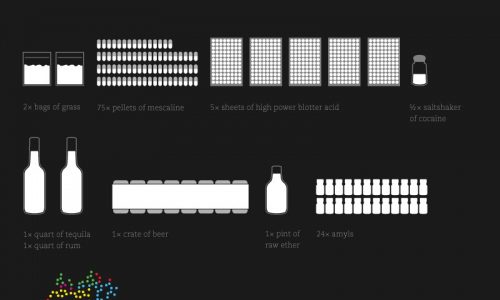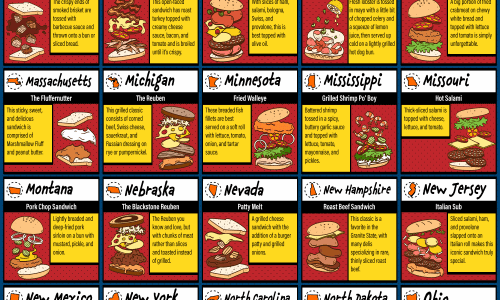
Marijuana- its legalization, its social acceptability, and its health effects- has long been a contentious subject. You’re probably aware that attitudes towards marijuana vary across America, and that’s not only reflected in people’s social customs, but in the legal framework surrounding the drug.
As this infographic shows, there are four ‘types’ of state cannabis programs within the United States: ‘adult and medical use’, ‘comprehensive medical marijuana law’, ‘CBD law/THC product law’, and ‘no marijuana access law’. These provisions range from the most liberal, in states like California, Oregon, and Maine, where weed is essentially legal, to the strictest, in states like South Dakota, Nebraska, and Idaho.
It’s a strange juxtaposition to have such differing legal provisions within one country, and one which is highlighted by an unusual banking practice. While banks now work with marijuana-related businesses, they must still file ‘suspicious activity reports’- over 2,000 of which get filed each month.
Marijuana has had a long and storied history, from its first recorded use in 7,000 B.C. in China, to its federal criminalization in 1937, to California’s passage of Prop 215, legalizing medical marijuana, in 1996. Medical marijuana cards are also now fairly common. With an estimated 220 million marijuana users worldwide, according to the United Nations, the leafy drug clearly isn’t going anywhere- but it will be a while before Americans agree on what to do about it.





